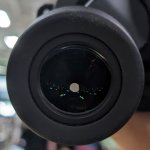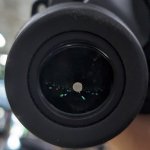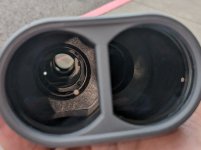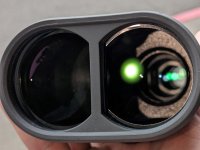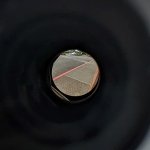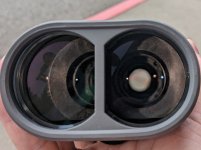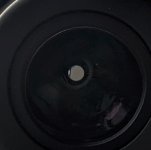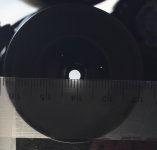Instrument turbulence is usually because of poor choice of materials.
Also poor colour and the top in sunshine, the bottom in shade.
Sometimes large lenses are white, sometimes black.
My telescopes are blue.
But usually instrument turbulence is at much more than 10x.
It could be that a faulty optic like one tube of my 5x25 VisionKing binocular is so awful optically that the resolution is bad at 5x even though the star image test is good.
I suspect it is just a poorly molded objective element with faulty or no polishing, or possibly striations in the glass, or even a faulty melt.
The 2000mm f/14 Zoomar mirror lens is the worst large lens I have seen regarding instrument turbulence.
It is a weird design with the secondary half way up the tube and a strange material body.
It is never temperature stabilised or steady.
Yet these lenses were used for movie use.
Perhaps mine is particularly bad.
So the 10x30 IS binocular needs to be thoroughly tested to see what the problem is.
Regards.
B.
Also poor colour and the top in sunshine, the bottom in shade.
Sometimes large lenses are white, sometimes black.
My telescopes are blue.
But usually instrument turbulence is at much more than 10x.
It could be that a faulty optic like one tube of my 5x25 VisionKing binocular is so awful optically that the resolution is bad at 5x even though the star image test is good.
I suspect it is just a poorly molded objective element with faulty or no polishing, or possibly striations in the glass, or even a faulty melt.
The 2000mm f/14 Zoomar mirror lens is the worst large lens I have seen regarding instrument turbulence.
It is a weird design with the secondary half way up the tube and a strange material body.
It is never temperature stabilised or steady.
Yet these lenses were used for movie use.
Perhaps mine is particularly bad.
So the 10x30 IS binocular needs to be thoroughly tested to see what the problem is.
Regards.
B.







